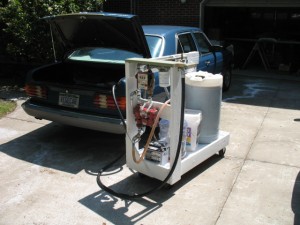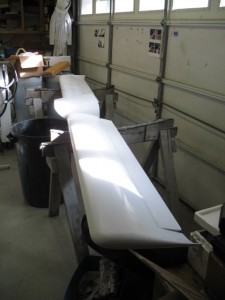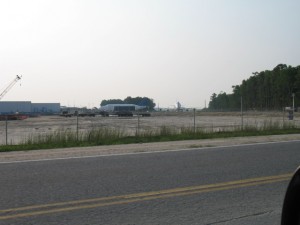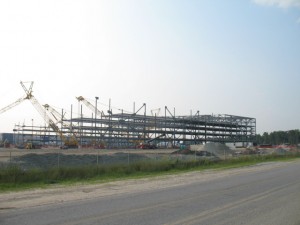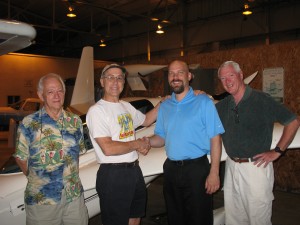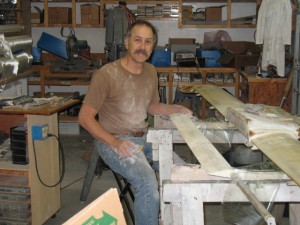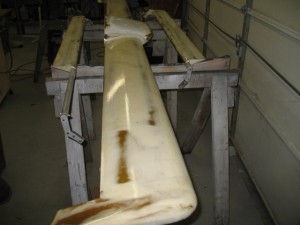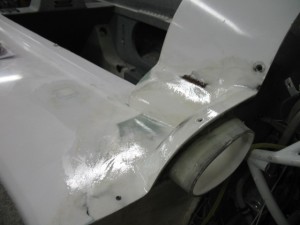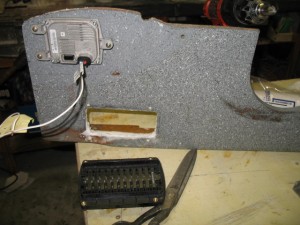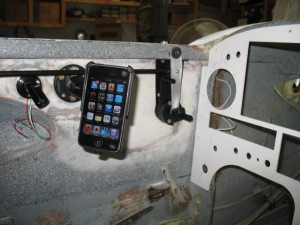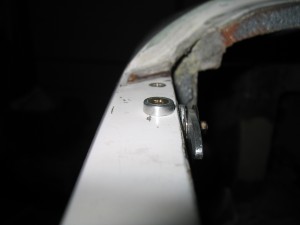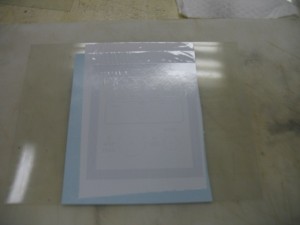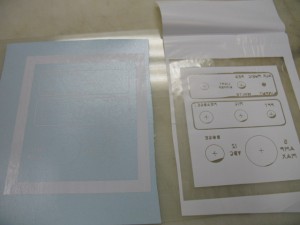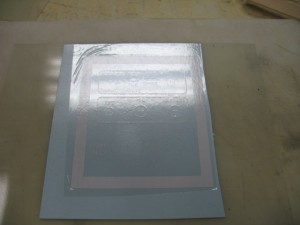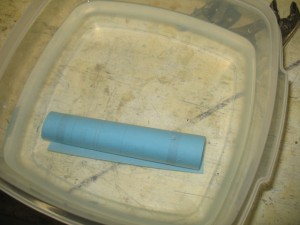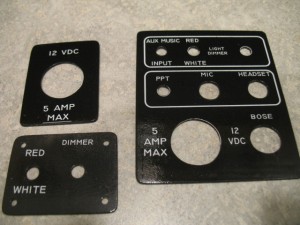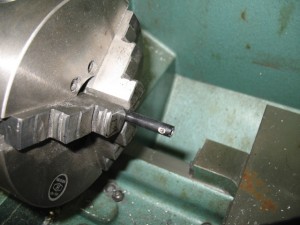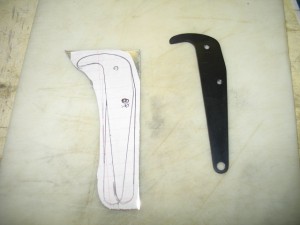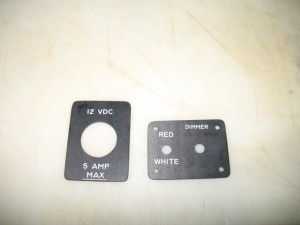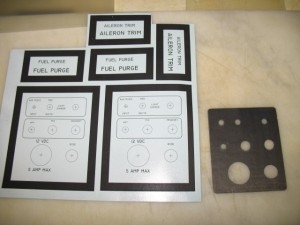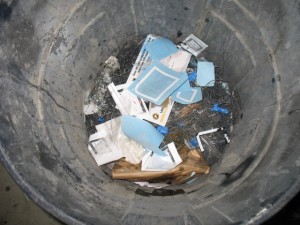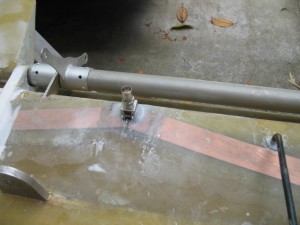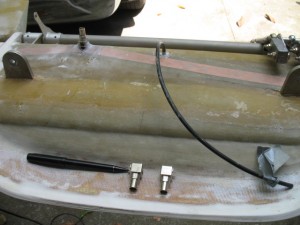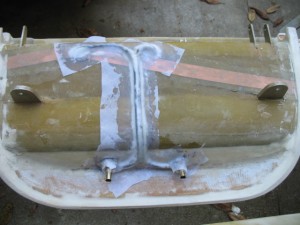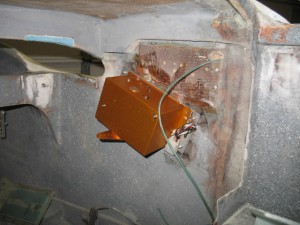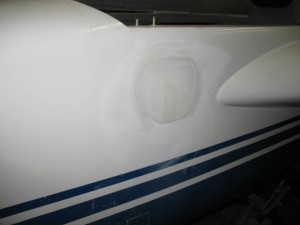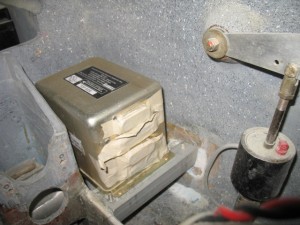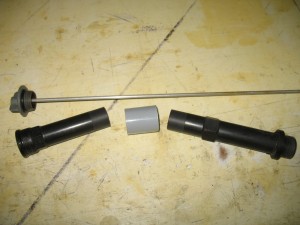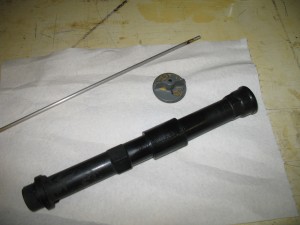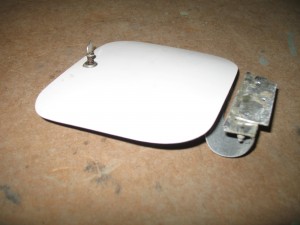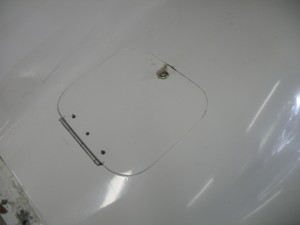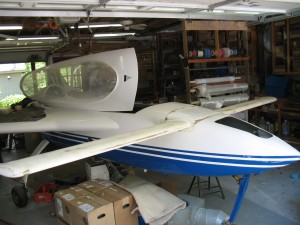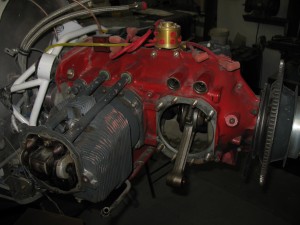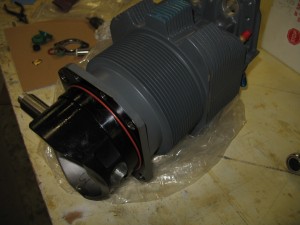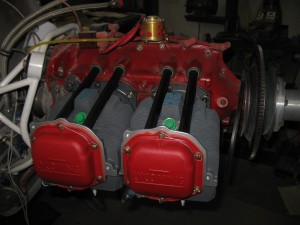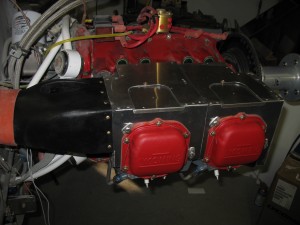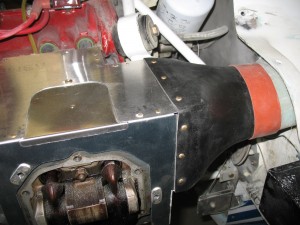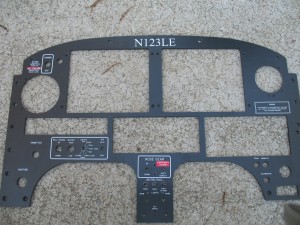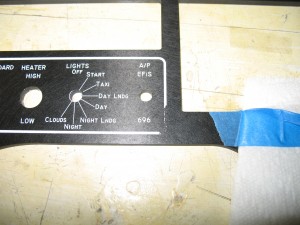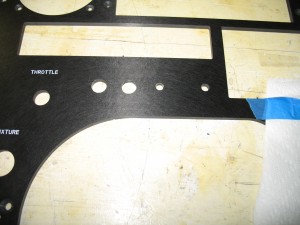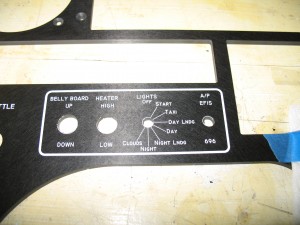Canard…. done
I had a little time during the week or so of not working on the plane to work on some fun projects. I finished a roll around fueling station for my waste oil car. It is a complete system for pumping/filtering waste oil for the car. I have already come up with another plan to pump the oil from the drive way to a shed, filter it, and pump it back to the driveway for distribution. This part of the project will have to wait until after the plane is completed.
The canard is painted, balanced and assembled. Ready to install. I am now working on the fuselage removing all interior components to prepare for painting on the exterior and interior of the plane.
I thought you might like to see the work progress on the new Boeing 787 Dreamline plant being built at our airport. You can see two DreamLifters (converted 747’s) parked on the ramp which are used to carry components of the new plane to and from Charleston. Eventually the entire plane will be built here.
HUGE hangers/work areas are being built to assemble the planes. They are even moving the airport perimeter road to accommodate the construction.
At our latest EAA meeting this week, we welcomed a new canard owner to Charleston. There are now 5 builder/fliers in the area. 3 longez’s and 2 cozy’s.
Ed (the pilot in blue) recently flew his plane from Washington state to Charleston. He had lots of problems and adventures on the trip and his presentation was most entertaining. I ended up missing a Spoleto performance which turned to be one of the most talked about show of the season.
Jack Wilhelmson (cozy 3), Me, Ed Hensel (longez), and Glen Phelps (cozy 4), unfortunately Tony Cole (longe ez) was out of town for this picture.
